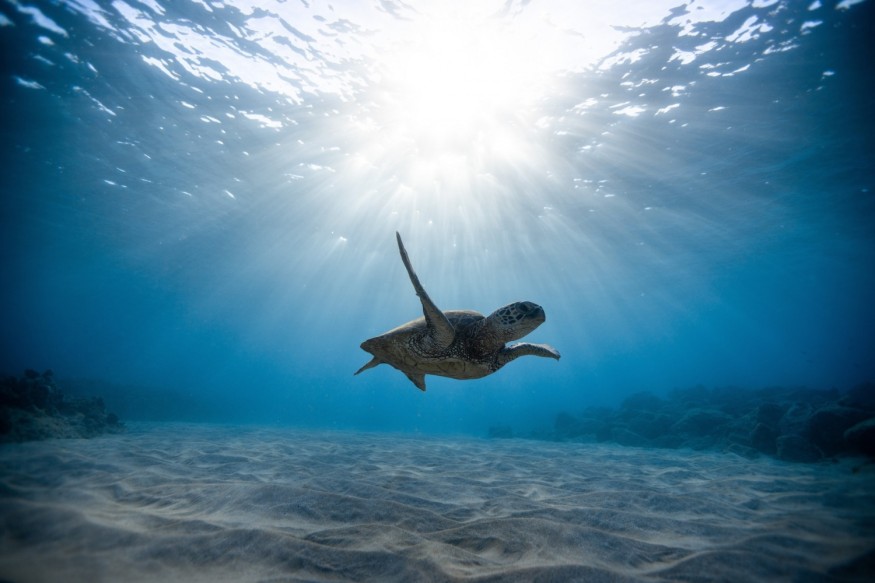Paleontology experts in Madagascar have excavated a fossil new species of a turtle with a frog-face feature. The turtle had lived 100 million years ago, all the way back to the Cretaceous period. The well-preserved remains of the animal were unearthed in Madagascar, where the species is also endemic.
The amphibian was dubbed as the "quick-mouthed frog turtle" due to several reasons. First is that this specific turtle has a face of a frog. Second is that it sucks a mouthful of its prey, hence the label quick-mouthed.
The turtle is one of the extraordinary discoveries of the decade. But, more than its features, the turtle has a remarkable history millions of years ago. It uses a unique feeding method that only a few animals can do, and it might be the first of its family in the animal kingdom.
Sahonachelys mailakavava
Paleontologists brought up the hundred-year-old turtle Sahonachelys mailakavava in Madagascar. They were initially searching for reptilian and dinosaur remains and unexpectedly encountered the fossil. It was endemic to Madagascar because of the richness of freshwater.

Suction Feeder with Strong Esophagus
Experts were amazed as the remains of the turtle were maintained over millions of years. Yet, the fossil was still intact once they discovered the ancient animal. It has a flattened skull and large bones. The shell of the amphibian scales to 25 centimeters or 10 inches.
In addition, it has a rounded mouth which scientists believe is used for sucking preys. The turtle most like eats in a unique form through suction feeding. The animal's throat was enormously large to inhale a large volume of water and eat fish, planktons, and tadpoles. Instead of using its weak jaws, the quick-mouthed frog turtle's esophagus is strong enough to suck anything underwater.
A biology illustrator made a reconstruction of the turtle, and its head resembles the features of a frog.
The researchers picked up the name Sahonachelys mailakavava, which was taken directly from Malagasy. It translates to "quick-mouthed frog turtle."
Ancient Turtle, New Species
According to a report by Live Science, University of Fribourg paleontologist Walter Joyce said that the turtle is one of the exceptional discoveries yet. It is also among the perfectly preserved Cretaceous species in the southern continents that are hard to find, she added. Like other cases of unexpected excavations, the quick-mouthed frog turtle would be among the few cases of new species discovered but are unfortunately extinct.
The turtle is part of the Pelomedusoidea family that can only be found in South America and Madagascar. The family includes animals that are alive up to this date. What's more, is that the quick-mouthed frog turtle is possibly the first Pelomedusoid.
At first, the turtle was thought to be a part of the Chelids family, which primarily feeds through suctions. However, the shell of the quick-mouthed frog turtle was the indicator that it was indisputably part of Pelomedusoidea. Although the two families have similarities, each has evolved separately, Walter Joyce said at The Royal Society Open Science.
RELATED ARTICLE : Could a 17,000-year-old Conch Shell Actually Be a Wind Instrument?
Check out more news and information on Archeology on Science Times.
© 2026 ScienceTimes.com All rights reserved. Do not reproduce without permission. The window to the world of Science Times.












